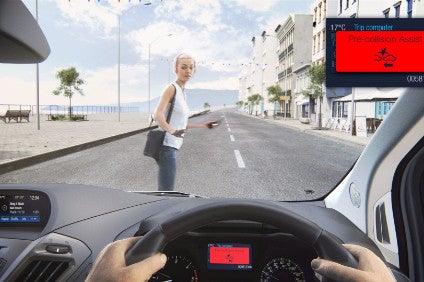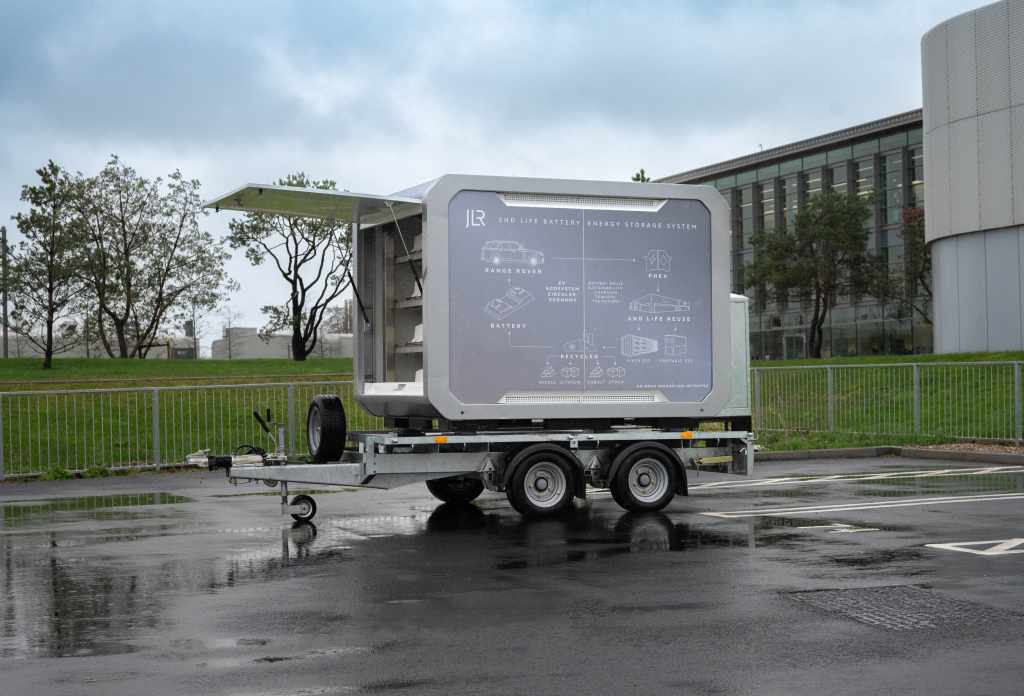
New research from the American Automobile Association (AAA) showed automatic emergency braking systems with pedestrian detection perform inconsistently, and proved to be completely ineffective at night.
AAA described this as "an alarming result, considering 75% of pedestrian fatalities occur after dark".
It noted the systems were also challenged by real-world situations, like a vehicle turning right into the path of an adult.
Its testing found that in this simulated scenario, the systems did not react at all, colliding with the adult pedestrian target every time.
"For the safety of everyone on the road, AAA supports the continued development of pedestrian detection systems, specifically when it comes to improving functionality at night and in circumstances where drivers are most likely to encounter pedestrians," the organisation said in a statement.
See Also:
According to AAA, on average, nearly 6,000 pedestrians lose their lives in the US each year, accounting for 16% of all traffic deaths, a percentage that has steadily grown since 2010.
How well do you really know your competitors?
Access the most comprehensive Company Profiles on the market, powered by GlobalData. Save hours of research. Gain competitive edge.

Thank you!
Your download email will arrive shortly
Not ready to buy yet? Download a free sample
We are confident about the unique quality of our Company Profiles. However, we want you to make the most beneficial decision for your business, so we offer a free sample that you can download by submitting the below form
By GlobalData"Pedestrian fatalities are on the rise, proving how important the safety impact of these systems could be when further developed," said Greg Brannon, AAA's director of automotive engineering and industry relations.
"But our research found that current systems are far from perfect and still require an engaged driver behind the wheel."
While time of day and location are contributing factors to pedestrian fatalities, vehicle speed also plays a major role. Previous research from the AAA Foundation for Traffic Safety found that pedestrians were at greater risk for severe injury or death the faster a car was traveling at the time of impact. For example, a pedestrian hit by a vehicle traveling at 20mph had an 18% risk of severe injury or death. Increase that by 10mph to 30mph and the risk more than doubles to 47%.
AAA's latest study found that speed impacted system performance as well, with results varying between testing performed at 20mph and 30mph.
In partnership with the Automobile Club of Southern California's Automotive Research Center, AAA evaluated the performance of four midsize sedans equipped with automatic emergency braking with pedestrian detection to determine the effectiveness of these systems. Testing was conducted on a closed course using simulated pedestrian targets for the following scenarios:
- An adult crossing in front of a vehicle traveling at 20mph and 30mph during the day and at 25mph at night.
- A child darting out from between two parked cars in front of a vehicle traveling at 20mph and 30mph.
- A vehicle turning right onto an adjacent road with an adult crossing at the same time.
- Two adults standing along the side of the road with their backs to traffic, with a vehicle approaching at 20mph and 30mph.
Overall, the systems performed best in the instance of the adult crossing in front of a vehicle traveling at 20mph during the day. In this case, the systems avoided a collision 40% of the time. But, at the higher speed of 30mph, most systems failed to avoid a collision with the simulated pedestrian target. The other scenarios proved to be more challenging for the systems:
- When encountering a child darting from between two cars, with the vehicle traveling at 20mph, a collision occurred 89% of the time.
- Immediately following a right hand turn, all of the test vehicles collided with the adult pedestrian.
- When approaching two adults standing alongside the road, with the vehicle traveling at 20mph, a collision occurred 80% of the time.
- In general, the systems were ineffective in all scenarios where the vehicle was traveling at 30mph.
- At night, none of the systems detected or reacted to the adult pedestrian.
"The rise in pedestrian deaths is a major concern and automakers are on the right path with the intent of these systems," added Brannon. "Our goal with this testing is to identify where the gaps exist to help educate consumers and share these findings with manufacturers to work to improve their functionality."




